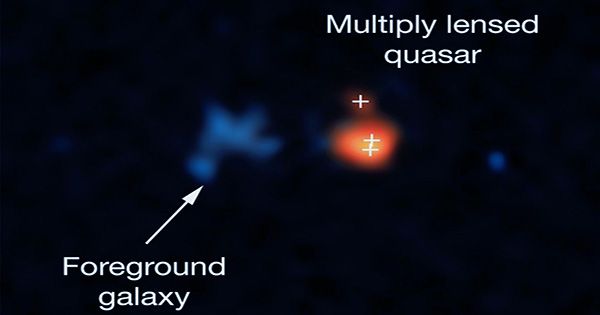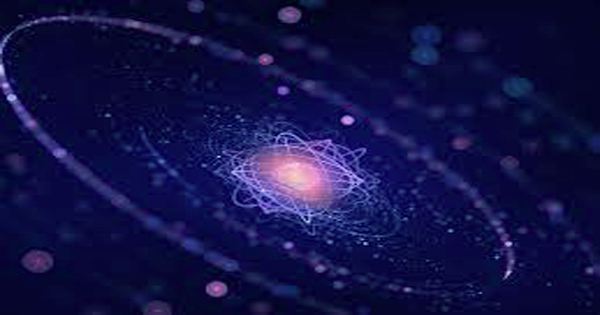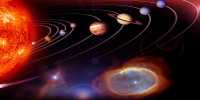An international team of astronomers has announced the discovery of the farthest cassava yet, and it is the light of an animal coming to us just 670 million years after the Big Bang. Its light is one times brighter than that of our entire galaxy, and it powered by a massive supermassive black hole 1.6 billion times larger than our Sun.
The identification of Quarry J0313-1806, published in The Astrophysical Journal Letters, comes exactly three years after the previous record-holder ULAS J1342+0928, and continues our challenge to understand how galaxies and their supermassive black holes form.
Lead author Dr Feige Wang, from the University of Arizona’s Steward Observatory, said in a statement, “This is the first evidence of how a supermassive black hole is affecting the galaxy around it.” “From observations of less distant galaxies, we know this would happen, but we have never seen the universe so fast.”

Astronomers Find The Most Distant Quasar Ever Discovered, and It’s a Beast
Quasars are some distant and illuminated objects. These are highly active astronomical objects found in the centers of a few galaxies, which made up of millions to billions of times the mass of the Sun driven by black holes. The size of this new record-breaker supermassive black hole is ridiculous. To give you an idea, it is 385 times larger than the Milky Way’s supermassive black hole and twice as large as the previous record-holder is. The team believes that this huge black hole really grew so fast by controlling some of the theoretical situations for how black holes are formed.
A hypothesis sees the very first stars (which are expected to be hundreds, but not thousands, multiplied by the mass of the Sun) very quickly going into a supernova and leaving behind a huge black hole. These eventually merge into supermassive black holes. Another scene saw the unification of these giant stars as the seeds of these giant stars. The team said that the process of these two took too long to create a supermassive black hole similar to the original J1342+0928.
Co-author Xiaohui Fan, also of the University of Arizona said, “It tells you that no matter what you do, the seeds of this black hole must have been formed by some other process.” “In this case, it is a process in which large quantities of primitive, cool hydrogen gas fall directly into the seed black hole.”
The galaxy is also growing rapidly. The team estimates that it produces 200 large quantities of the Sun each year, about 200 times more than our galaxy stars. However, this increase will not last forever. The supermassive black hole eats 25 suns per year and seen to emit gas at speeds of up to 20 percent of the light outside the galaxy.
















